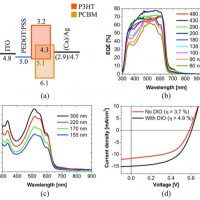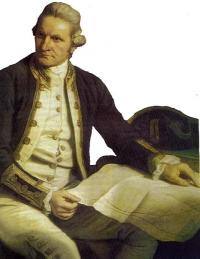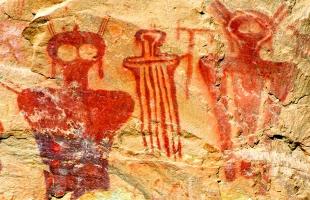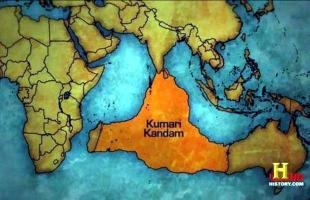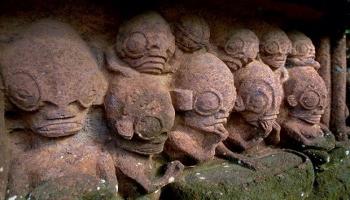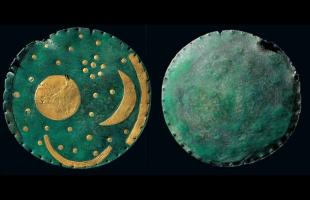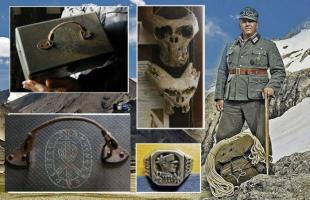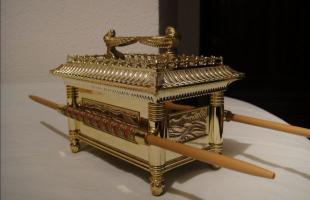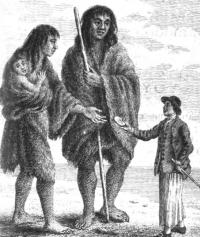The brachiosaurus, an armed lizard
Aquatic dinosaur or giant cow?
It is fairly well known that the "dinomania" that exploded in the nineties was largely due to the resounding success of the first episode of the "Jurassic Park" saga, directed by Steven Spielberg in 1993. Few, however, would be able to answer the following question: what is the first dinosaur (reconstructed using computer graphics, of course) that appears in that legendary feature film?
The answer is: a brachiosaurus. Since it is a very particular animal, I would like to dedicate this article to it. But what is special about it? First of all his name, which in Greek means "armed lizard": name chosen by the American paleontologist Elmer Riggs, who discovered it it in 1900 in the Grand Canyon of Colorado. This choice is due to the fact that, unique in the Sauropod family (vegetarian dinosaurs with a massive body, stumpy legs, long tail and even longer neck) it had much more developed front limbs than the rear ones. A brachiosaurus skeleton found in 1907 in Tendagaru (between Tanzania and Mozambique) and now reconstructed in the Museum für Naturkunde in Berlin is over 23 meters long, and the live animal must have weighed over 70 tons. Its head must have stood at least 12 meters above the ground, and the reconstruction shown in the aforementioned scene from "Jurassic Park" is realistic, in which the brachiosaurus is a completely terrestrial animal and stands up on its hind legs to reach and graze even branches of the tallest trees.
Another famous film in which dinosaurs appear, "King Kong" from 1933, however, shows us a completely different reconstruction. Another sauropod is shown living entirely immersed in a swamp, from which only its head protrudes, and in this way sets a deadly ambush for the unwary sailors who ventured into the jungle of Skull Island to save poor Ann Darrow. Why this completely different setting of the two sauropods, sixty years apart?
Because sixty years is a long time, and enough to completely overturn the most deeply rooted beliefs. Until the seventies of the last century, sauropods such as the brachiosaurus were in fact considered not only very large, but too large even to walk. That is, their legs would not have supported the weight of the body, and would have made walking impossible. And so, initially paleontologists agreed in thinking that brachiosaurs had to spend their entire lives immersed in the water of the swamps, using Archimedes' push to support the immense weight of their bodies. The backward position of the nostrils on the snout also seemed to contribute to this hypothesis, as if they were the only ones that the animal kept exposed to breathe, and the inadequacy of the teeth, which seemed to argue in favor of a diet based of soft algae. Three different assumptions are considered more than sufficient to support a scientific theory.
But the true of a theory must be proven and, as the Spanish philosopher José Ortega y Gasset wrote, "Science consists in replacing knowledge that now seemed certain with a hypothesis, or with something uncertain and problematic." And this is also true in the case of the colossal brachiosaurs. Recent calculations have in fact shown that already at 8 meters deep his breathing would have been impossible due to the water pressure, while the analysis of their legs has unequivocally shown that they are those of a terrestrial animal, not an aquatic one. Today it is thought that they lived in the coniferous forests of the Jurassic (a geological period that lasted from 204 to 146 million years ago) and that they grazed even the highest branches of the trees by standing up on their stubby hind legs, just as shown in Spielberg's fantasy masterpiece.
And the other two characteristics that argued in favor of an amphibious animal? Simply put: the backwardness of the nostrils would rather be linked to a highly developed sense of smell, certainly more developed than sight. As for the inadequate teeth, it was balanced by a digestive system similar to that of birds, notoriously toothless. In a highly muscular stomach, specially swallowed stones called "gastroliths" completed the shredding of the swallowed leathery vegetation. In fact, many very smooth stones were found among the bones of these animals, whose function is clear today.
It is probable that brachiosaurs lived in herds like modern-day cattle, so much so that Dr. Alan Grant, having climbed a tree with the young Tim and Lex to spend the night, invites the children to fearlessly caress the muzzle of one of these colossi, calling it a "giant cow" (see photo below).
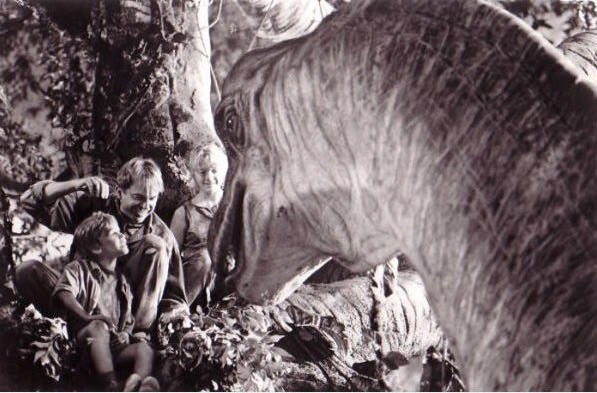
However, if the previous reconstruction of these creatures carried out by the screenwriters of "Jurassic Park" is credible, in the light of recent studies the widespread idea that sees sauropods as nothing more than placid, defenseless herbivores must also probably be revised. In fact, in addition to the fact that their cyclopean size and number must have discouraged even the largest of the carnivorous saurians from attempting an assault. It is probable that the brachiosaurs could deliver terrible blows with their tail and with their powerful front legs, being the thumb claw much more developed than the others.
It is worth saying a word about one last curious characteristic of these Jurassic lizards.
Brachiosauruses were indeed too large, but in relation not to their legs but to their nerve endings. Their brain in fact weighed only half a kilo, and had the main task of controlling the jaws, the forelimbs and of alerting the animal to the presence of food or some danger nearby. It is widely believed among paleontologists that these titans had a swelling of the spinal cord at the base of the spinal column called the "spinal brain", a sort of second brain that controlled the hind limbs and the tail, to prevent the brachiosaurus from finding them devoured first that the pain sensation had time to reach the cranial brain. Far from being obtuse pachyderms, if it is true that these arm lizards, unlike us, even had two brains!











